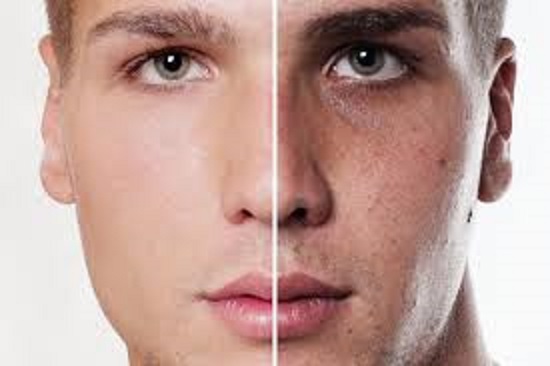Skin Whitening and Hyperpigmentation Explained
Skin whitening and the treatment of hyperpigmentation have gained widespread interest across the globe. These practices are largely driven by the desire for even-toned, radiant skin. While the term "skin whitening" may suggest altering one's natural skin color, modern approaches focus more on reducing dark spots, uneven patches, and discoloration caused by hyperpigmentation. Hyperpigmentation itself refers to areas of the skin that become darker than the surrounding skin due to excess melanin production. It can be triggered by a variety of factors, including sun exposure, inflammation, and certain medical conditions.
Causes of Hyperpigmentation:
Skin Whitening in Dubai (تبييض البشرة في دبي), Hyperpigmentation occurs when the skin produces more melanin, the pigment responsible for skin color. There are several types of hyperpigmentation, including melasma, sunspots, and post-inflammatory hyperpigmentation. Melasma is often triggered by hormonal changes and is commonly seen during pregnancy or with birth control use. Sunspots, or age spots, are a result of prolonged sun exposure and usually appear on areas frequently exposed to the sun, like the face and hands. Post-inflammatory hyperpigmentation arises after an injury to the skin, such as acne, cuts, or burns. Understanding the underlying cause is essential in choosing the most effective treatment.

Popular Skin Whitening Ingredients:
Various skin whitening products and treatments target melanin production to lighten dark areas and promote a more uniform complexion. Some of the most commonly used ingredients include kojic acid, vitamin C, niacinamide, arbutin, and licorice extract. These ingredients work by inhibiting tyrosinase, an enzyme essential for melanin synthesis. They are often found in serums, creams, and masks designed to be used consistently over time. Many of these ingredients are also known for their antioxidant properties, offering the added benefit of protecting the skin from environmental damage.
Safe Treatment Options for Hyperpigmentation:
Treating hyperpigmentation often involves a combination of topical treatments, lifestyle changes, and in some cases, non-invasive procedures. Chemical peels, which use mild acids to exfoliate the skin, can help fade dark spots over time. Laser treatments target melanin deposits and break them down, while microdermabrasion mechanically exfoliates the upper layer of the skin to promote new skin growth. Topical retinoids are another option, which accelerate cell turnover and gradually lighten pigmented areas. Regardless of the method, consistency and sun protection are critical components of any treatment plan.
Importance of Sun Protection:
A crucial step in managing and preventing hyperpigmentation is protecting the skin from ultraviolet (UV) rays. Exposure to the sun can worsen existing pigmentation and stimulate further melanin production. Broad-spectrum sunscreen with an SPF of 30 or higher should be applied daily, even on cloudy days. Wearing wide-brimmed hats, sunglasses, and seeking shade whenever possible are also important habits. Incorporating sun protection into daily skincare routines can significantly enhance the effectiveness of skin whitening treatments and prevent recurrence of pigmentation.
Myths and Misconceptions About Skin Whitening:
There are many myths surrounding skin whitening and its association with beauty. One of the most harmful misconceptions is the belief that lighter skin is inherently more beautiful or superior. This perspective not only reinforces unrealistic beauty standards but can also lead to the misuse of unsafe products in the pursuit of lighter skin. Moreover, some people may resort to unregulated creams containing harmful substances like mercury or high-dose steroids, which can cause serious side effects. Skin whitening should never compromise skin health, and the goal should be healthy, even-toned skin rather than drastic color alteration.
Achieving Healthy, Even-Toned Skin:
The journey to a clearer and more even complexion involves patience, proper skincare, and understanding one's skin type and concerns. Incorporating products with proven ingredients, maintaining a consistent routine, and protecting the skin from sun exposure are foundational steps. It's also important to recognize that results take time and that maintaining realistic expectations is key to a satisfying outcome. Hyperpigmentation and uneven skin tone can be managed effectively with the right approach, allowing individuals to feel confident in their natural skin.
Conclusion:
Skin whitening and the treatment of hyperpigmentation are not about changing who you are, but about addressing common skin concerns that affect confidence and comfort. By understanding the causes of hyperpigmentation and using safe, scientifically-backed treatments, individuals can achieve a brighter, more balanced skin tone. The key lies in patience, consistency, and prioritizing skin health over quick fixes. Ultimately, healthy skin is beautiful skin—regardless of its shade. Embrace your natural beauty while taking thoughtful steps to care for it.
